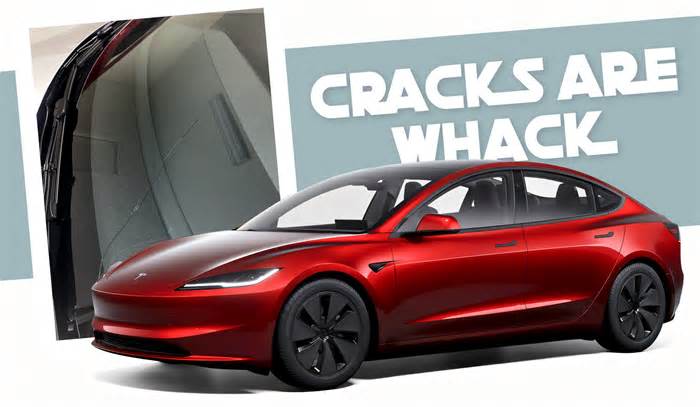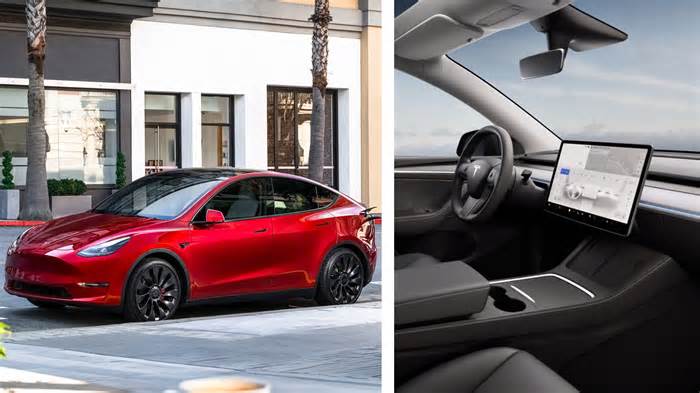
What is Amazon's Project Kuiper? The Starlink rival explained ahead of tomorrow's big lift-off
- by TechRadar
- Apr 08, 2025
- 0 Comments
- 0 Likes Flag 0 Of 5

How does Project Kuiper work?
Amazon will initially launch a constellation of 3,232 satellites
These will orbit lower than traditional geostationary satellites
Customers connect using terminals installed at home
Project Kuper will use a constellation of low Earth orbit satellites to deliver high-speed internet to users on the ground. Like SpaceX’s rival Starlink system, customers will need to install a small outdoor antenna to connect to the service and communicate with the satellites passing overhead.
Get daily insight, inspiration and deals in your inbox
Sign up for breaking news, reviews, opinion, top tech deals, and more.
Contact me with news and offers from other Future brands
Receive email from us on behalf of our trusted partners or sponsors
By submitting your information you agree to the Terms & Conditions and Privacy Policy and are aged 16 or over.
Amazon initially plans to launch 3,232 satellites. At around 375 miles above the ground, these orbit much closer to the Earth than traditional geostationary satellites. This results in lower latency and faster data transmission. The constellation is designed to provide global coverage by seamlessly handing off connections between satellites as they orbit.
(Image credit: Amazon)
Both the satellites and antennae rely on a single custom chip developed by Amazon, codenamed “Prometheus”, which handles processing, traffic and point-to-point connectivity.
Amazon will also operate a network of stations on the ground to manage data coverage and traffic, communicate with the satellites and keep them operating correctly.
When will Project Kuiper be available?
Two prototype satellites launched in 2023
First full-scale deployment planned for April 2025
Service rollout scheduled for later in the year
To get its satellites into space, Amazon is working with commercial launch providers such as SpaceX and Blue Origin. It has already secured more than 80 heavy-lift launches, enough to put most of its constellation into orbit.
Amazon launched a pair of prototype satellites in 2023. It’s now ready to begin full deployment of its constellation, with the first batch of 27 satellites set to launch from Cape Canaveral on Wednesday 9 April, aboard a ULA Atlas V rocket.
Amazon hasn’t confirmed when the service will roll out commercially, but confirmed on April 2 that it expects it to be available “later this year”.
How fast will Project Kuiper be?
Standard antenna will support 400Mbps connectivity
Low-cost, compact terminal will offer speeds up to 100Mbps
Largest antenna gives enterprise users 1Gbps speeds
To begin with, Amazon has developed three “customer terminals”, each of which offers different connectivity speeds.
The standard antenna measures less than 11 inches square and is designed for domestic roof-mounting. Amazon claims it will deliver speeds of up to 400Mbps and cost less than $400 (around £320 / AU$633) to produce.
Amazon has also engineered a cheaper, more compact antenna which measures 7 inches square and weighs just 1lb. Designed as a low-cost, portable option, this will be the most affordable way for customers to access the service. It will offer internet speeds of up to 100Mbps.
For enterprise and power users, as well as telecoms and government use, Amazon has created a larger antenna that can deliver connectivity at up to 1Gbps.
(Image credit: Amazon)
Please first to comment
Related Post
Tesla to delay production of cheaper EVs
- Apr 19, 2025
Stay Connected
Tweets by elonmuskTo get the latest tweets please make sure you are logged in on X on this browser.
Sponsored
Popular Post
tesla Model 3 Owner Nearly Stung With $1,700 Bill For Windshield Crack After Delivery
35 ViewsDec 28 ,2024






 Energy
Energy


















